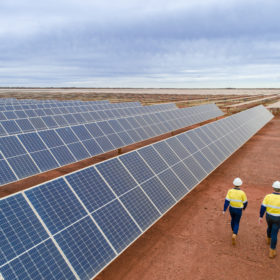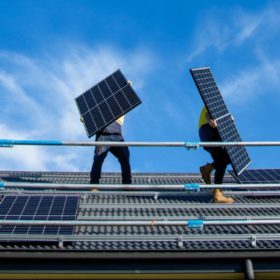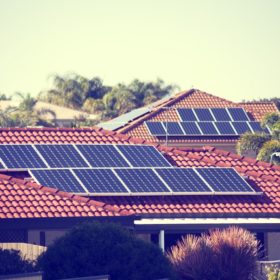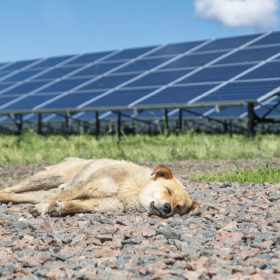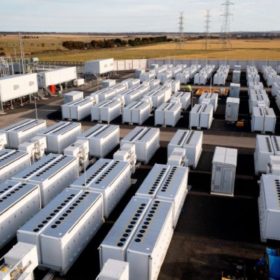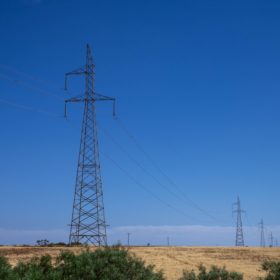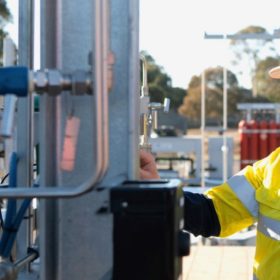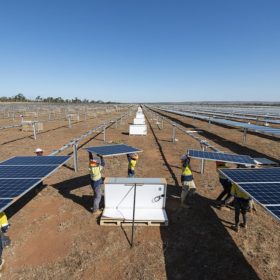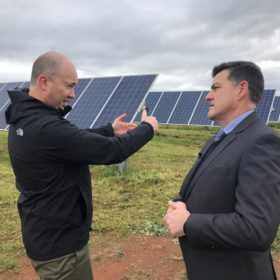Fortescue plans additional 2 GW to 3 GW of renewables as part of $9.2 billion investment
Australian-based mining giant Fortescue Metals Group has announced it will deploy an additional 2 GW to 3 GW of renewable energy generation and battery storage as part of a more-than $9 billion plan to decarbonise its iron-ore operations by 2030.
Shift in energy system helps Victoria smash emissions targets
Victoria’s ongoing transition to renewable energy sources, including the installation of hundreds of thousands of rooftop solar PV systems, has helped the state “smash” its 2020 emission reduction targets on the path to net zero by 2050.
Solar installers stripped of licences after logging false claims
Seven solar installers in New South Wales have had their electrical contractor licences stripped by the state government regulator after investigations found they had signed off on rooftop PV installations while they were interstate or overseas.
Weekend read: Darkest hour before Ukraine’s solar dawn
Ukraine is still facing dire circumstances, with war continuing to claim lives and Russian invaders occupying large parts of the country. Solar plant owners also face serious challenges, including collateral damage, looting, destruction of communication infrastructure, and payment shortfalls. However, a bold vision for recovery has been set out with a key role for solar, as Ian Skarytovsky reports.
NSW seeks to smooth path for 700 MW/1400 MWh super battery
The New South Wales government has moved to fast track the development of the 700 MW/1400 MWh Waratah Super Battery as it looks to shore up a reliable energy supply ahead of the impending closure of the country’s biggest coal generator.
NSW refines transmission plans for Central-West Orana REZ
The New South Wales government’s plans to develop a renewable energy zone in the state’s central west is one step closer to fruition following the release of the scoping report for the transmission infrastructure required to connect at least 3 GW of new renewable energy generation capacity to the grid.
AEMC recommends rule changes to ready gas grid for hydrogen
The Australian Energy Market Commission has called for changes to be made to the national energy rules to allow for the injection of hydrogen into the existing gas distribution grid to support the needs of a transitioning energy market.
Australia ‘open for business’ after climate bill passes parliament
Australia’s federal government has trumpeted the successful passage of legislation enshrining a pledge to slash carbon emissions by 43% by 2030 and to net zero by 2050, saying it provides the certainty that investors have been seeking so they can invest in renewable energy generation, storage and in transmission.
Queensland expected to target to new renewable energy mark
The Queensland government is reportedly considering ramping up its renewable energy target as the state looks to wean itself off coal-fired power on the pathway to net zero emissions by 2050.
NSW announces inaugural tender for ambitious grid transformation
New South Wales is seeking 2,500 GWh of annual generation and 600 MW of long-duration storage for its first tender, part of realising its ambitious NSW Electricity Infrastructure Roadmap.
